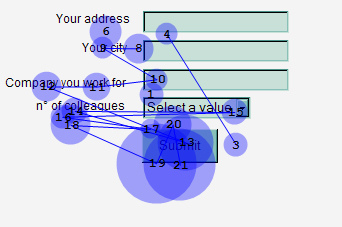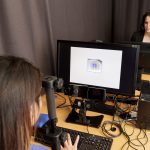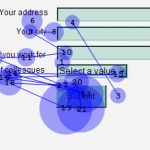
Christina Kim, Department of English Language and Linguistics, School of European Culture and Languages
Eye-tracking technology allows an individual’s eye gaze to be recorded at a millisecond by millisecond time scale. Since the mid-1990s, eye-tracking has been a primary tool for studying language processing: how someone hearing or reading a word or sentence interprets it as the linguistic information becomes available incrementally. As people hear a sentence that makes reference to objects in their visual environment, their cognitive system continuously updates their expectations about what they will hear. These changing expectations result in attentional shifts, which can be measured by the amount of time spent looking at elements in the visual environment
In recent years, eye-tracking research has become important in the emerging subfield of experimental semantics and pragmatics. Many open questions in the study of meaning concern how individuals use a combination of visual information from their immediate environment, their existing knowledge about the world, and their knowledge of language to efficiently interpret language in real time. Research in our Linguistics Lab is building established eye-tracking paradigms to investigate how individuals combine information from the immediate visual context and the discourse history within a conversation.
Email C.S.Kim@kent.ac.uk

